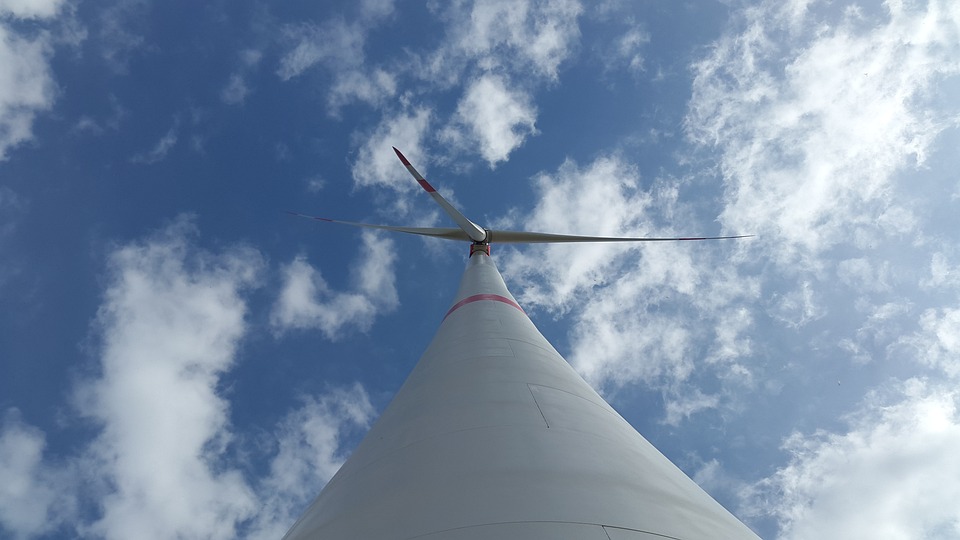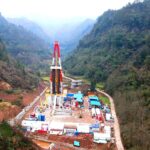The Importance of Grid Efficiency
The world is constantly striving to become more energy-efficient, and grid efficiency is a crucial aspect of this effort. Energy loss in the transmission and distribution of electricity is a major concern, with estimates suggesting that up to 25% of energy generated is lost during transmission and distribution. This can lead to increased costs for consumers, reduced grid reliability, and increased greenhouse gas emissions. In this article, we will explore the best practices for reducing energy losses in the grid, improving its efficiency, and promoting sustainability.
Understanding Energy Losses in the Grid
Energy losses in the grid can be broadly categorized into three main types: active losses, reactive losses, and technical losses. Active losses refer to the energy lost as heat due to resistance in the transmission and distribution infrastructure. Reactive losses occur due to the inefficiencies of power factor correction devices. Technical losses arise from faults, switchgear, and other technical issues. To reduce energy losses, it is essential to understand and address each of these categories.
Best Practices for Reducing Energy Losses
Implementing the following best practices can help reduce energy losses in the grid:
1. Upgrades and Maintenance
Frequent maintenance and upgrades of transmission and distribution infrastructure, such as lines, transformers, and switchgear, can help reduce energy losses. Regular maintenance can prevent faults and outages, while upgrades can improve efficiency and reduce heat generation.
2. Load Management
Implementing effective load management strategies can help reduce energy losses by shifting demand to times when energy supply is greater. This can be achieved through smart grids, smart meters, and demand response programs.
3. Energy Storage
Energy storage systems, such as batteries, can help reduce energy losses by storing excess energy generated during off-peak hours and releasing it during peak hours. This can help levelize demand and reduce energy waste.
4. Power Quality Improvement
Power quality improvement measures, such as filtering and harmonic analysis, can help reduce reactive losses by improving power factor and minimizing harmonic distortion.
5. Advanced Metering Infrastructure (AMI)
AMI systems can provide real-time monitoring and analytics, enabling grid operators to identify areas of high energy loss and implement targeted optimization strategies.
Additional Strategies for Reducing Energy Losses
Other strategies that can be employed to reduce energy losses include:
1. Smart Grid Technologies
Smart grid technologies, such as advanced metering infrastructure (AMI) and smart substations, can help improve grid efficiency by providing real-time data and enabling optimized energy flow.
2. Grid Automation
3. Energy Efficiency Initiatives
Encouraging energy efficiency initiatives, such as energy-efficient appliances and building design, can help reduce energy consumption and subsequent losses.
Conclusion
In conclusion, reducing energy losses in the grid is a crucial step towards promoting grid efficiency, sustainability, and cost-effectiveness. By implementing best practices and advanced technologies, grid operators and utilities can reduce energy losses, improve grid reliability, and increase consumer satisfaction.
FAQs
Q: What is the main cause of energy loss in the grid?
A: The main cause of energy loss in the grid is heat generation due to resistance in transmission and distribution infrastructure.
Q: What is the most effective way to reduce energy losses?
A: The most effective way to reduce energy losses is to implement a combination of best practices and advanced technologies, such as upgrades and maintenance, load management, and energy storage.
Q: How can I monitor energy losses in my grid?
A: Energy losses can be monitored through the use of advanced metering infrastructure (AMI) systems, which provide real-time data and analytics.
Q: What is the impact of energy losses on the environment?
A: Energy losses can lead to increased greenhouse gas emissions and reduced grid reliability, contributing to climate change and energy security concerns.


_1.png?w=150&resize=150,150&ssl=1)

_1.png?w=150&resize=150,150&ssl=1)
_1.png?w=150&resize=150,150&ssl=1)

